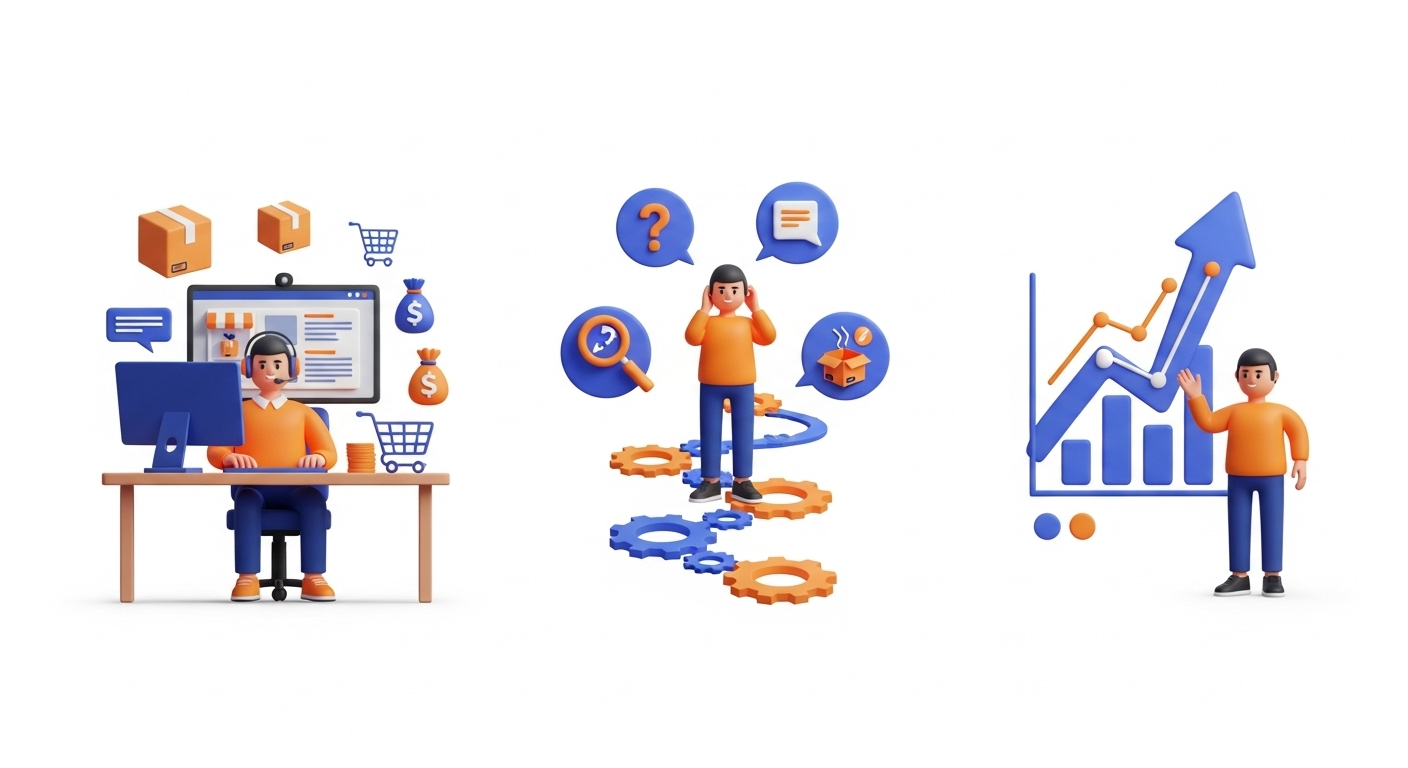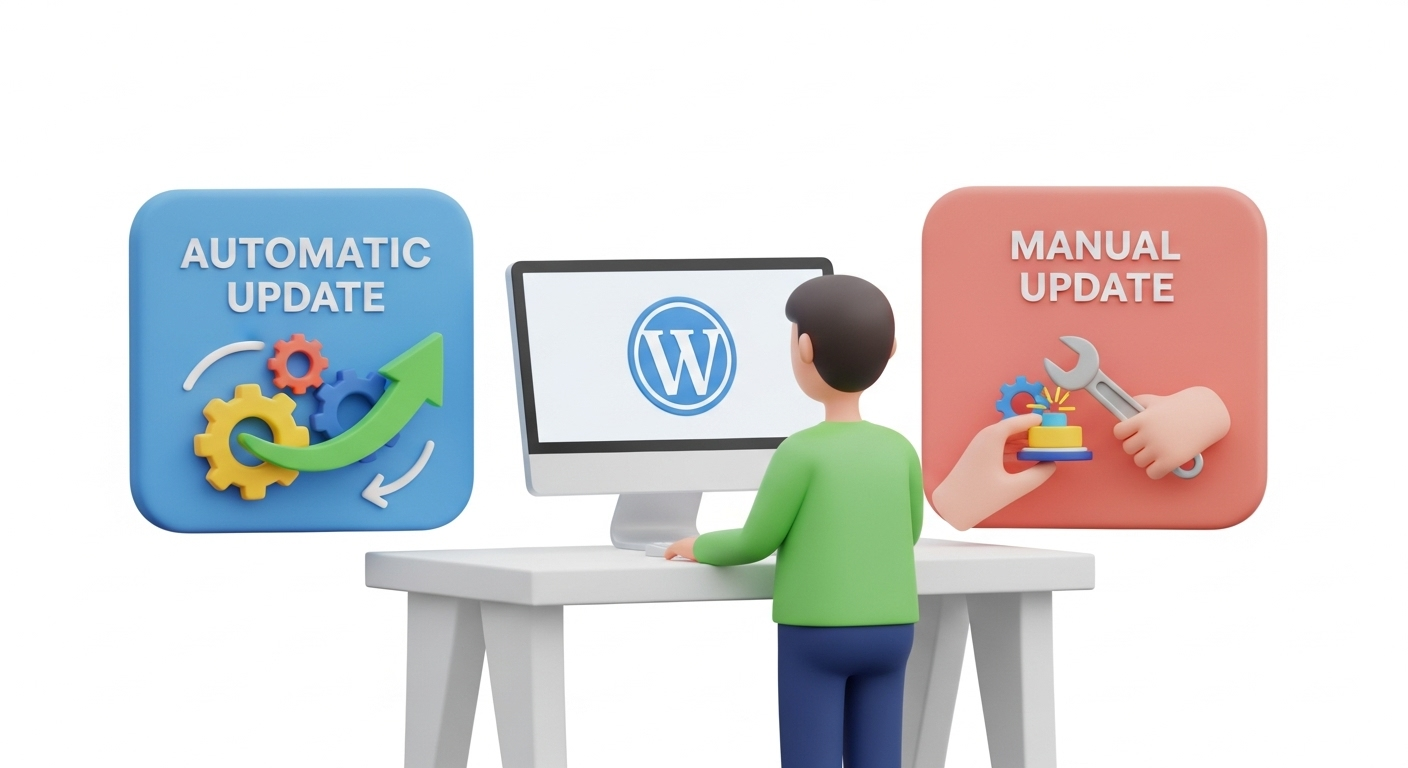It may seem that building an online store is not a difficult issue. You just need to find inexpensive hosting, download free open source shopping cart, install it and fill in with products. But most likely because of cheap hosting provider your site will be extremely slow. Because of choosing random and unreasoned eCommerce platform you may get a bunch of unnecessary features and dozens of bugs. To avoid such pitfalls and ensure a smooth transition, consider a comprehensive data migration service. And finally Google will simply ignore your site. So, yes, starting online store is not complicated, but establishing a profitable and successful webshop is a thing that has to be well planned and organized. For a detailed roadmap, check out our Universal eCommerce Migration Checklist.
![Top 10 Things to Consider while Building an Ecommerce Site [Infographic]](http://www.shopping-cart-migration.com/wp-content/uploads/Top-10-Things-to-Consider-while-Building-an-Ecommerce-Site.jpg)
Choosing an appropriate shopping cart, and understanding the potential benefits of a website migration, may become a tricky problem. However, Cart2Cart Team deals with a lot of great eCommerce platforms like Magento shopping cart, PrestaShop, OpenCart, BigCommerce cart, Shopify, etc. That is why we would like to share our experience and help you choose an optimal eCommerce platform for your e-shop. Follow this link to get the Checklist for the Perfect Shopping Cart. It will help you to make a right choice and establish your store with an optimal solution.
Now we hope you have an idea of how your Internet store should look like and what important points you should consider.
Monthly Update – November 2025
November 2025 highlights the critical importance of agility and personalization in e-commerce, especially as the year-end shopping frenzy approaches. A key trend for success is embracing a mobile-first strategy, ensuring your online store offers a seamless and rapid experience on all devices. With consumers increasingly shopping on the go, a responsive design isn't enough; true mobile optimization means lightning-fast load times and intuitive navigation. Retailers are also increasingly leveraging headless commerce architectures to deliver highly customized and responsive storefronts, separating the front-end presentation from back-end logic. This approach allows for quicker adaptations to market demands and the integration of diverse customer touchpoints, from social commerce to IoT devices. Furthermore, harnessing advanced data analytics for hyper-personalization in marketing and product recommendations can significantly boost conversion rates. As customer expectations for tailored shopping journeys grow, understanding and predicting their behavior becomes paramount. Businesses should review their current analytics setup and consider implementing AI-driven insights to refine their customer segmentation and engagement strategies, ensuring every interaction is optimized for maximum impact and preparing for robust holiday sales.
For more details, explore our FAQ section or schedule a call with a migration expert.

![10 Things to Consider while Building an Ecommerce Site [Infographic]](http://www.shopping-cart-migration.com/wp-content/uploads/c2c_blog_featured1.png)




